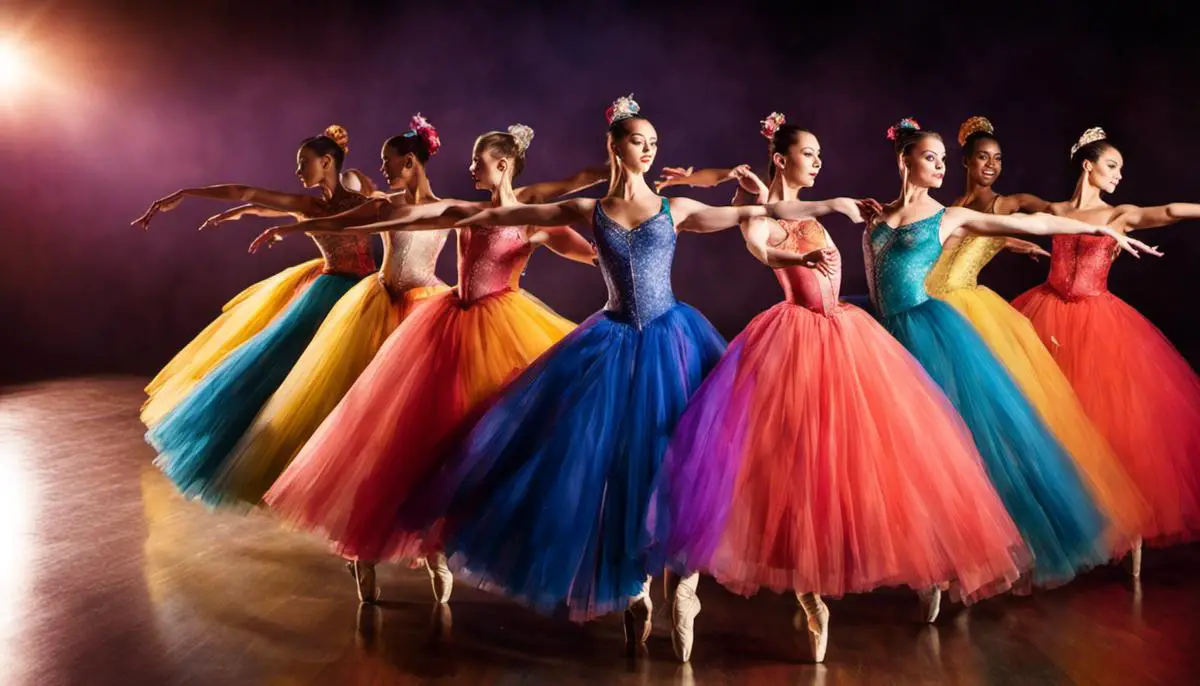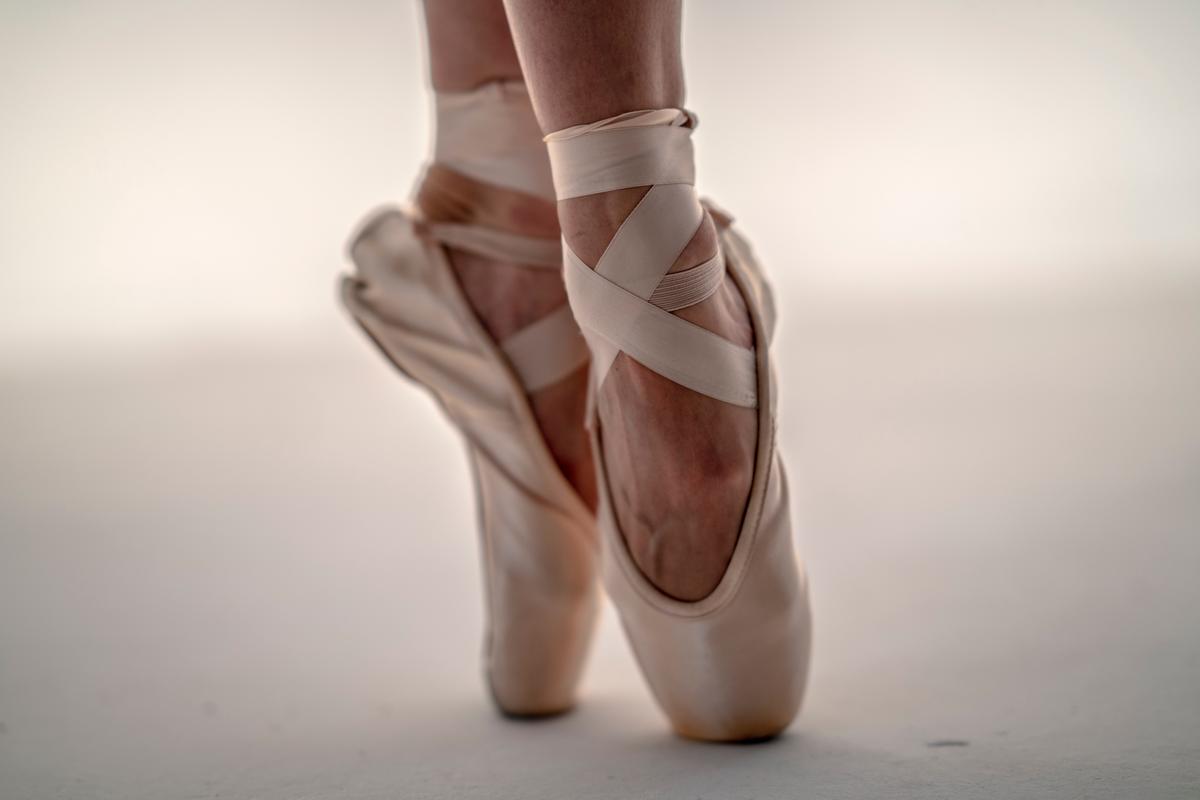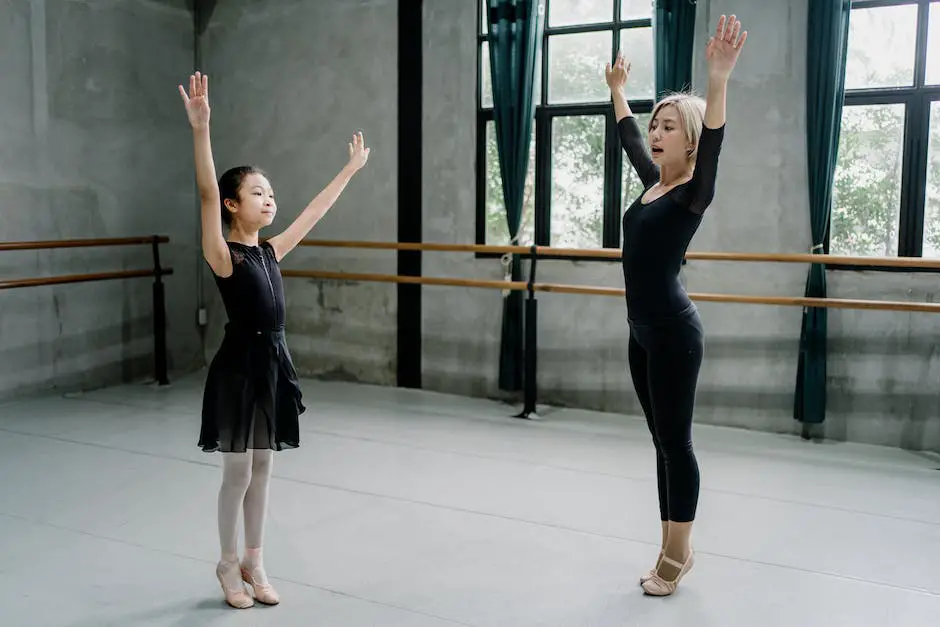Engaging in the beautiful sport known as Baseball marks one’s inauguration into a world of tactics, skill and perseverance. It carries an intriguing blend of strategy and physical prowess, often leaving newcomers both captivated and somewhat perplexed. This exposition aims to stuff this gulf of unfamiliarity, providing an essential primer on baseball’s basic rules, batting techniques, as well as fielding and throwing mechanics. With a focus on unraveling the enigma of the field setup, unriddling the game’s objectives, and revealing how runs, the currency of victories, are scored, we shine light on the path for those willing to embark on this engaging journey.
Understanding Baseball Rules
Mastering the Basics: Your Friendly Guide to Understanding Baseball Rules
Hello dear readers! In the spirit of community and sharing, today we dive into a world that’s both fun and critical in our homes: sports, and particularly the great world of baseball! In numerous family gatherings and neighborhood events, baseball plays a key role in bringing people together. Embracing the love for this all-American sport can be greatly enhanced if we grasp the basic rules that govern the game. So, here’s a friendly guide to the basic rules of baseball, perfect for coaching your kiddos or just impressing your neighbors with your newfound baseball wisdom!
Your first slice of knowledge? Baseball is played by two teams, each made up of nine players who take turns playing offense (batting) and defense (fielding).
Next up, the field! Picture this: the game takes place on a field with a diamond-shaped infield and an outfield that extends from the diamond. The diamond has a total of four bases positioned at equal distances, with home plate as the start and finish point.
Now, let’s talk turns. A game consists of nine innings, and each inning is divided into two halves. The visiting team bats in the first half, known as the ‘top half,’ and the home team hits in the second half, or the ‘bottom half.’ An inning ends after both teams get three outs.
Before we discuss outs, let’s unpack runs, shall we? A run is scored when a player manages to move around all four bases and return home. The team with the most runs collected at the end of the game wins.
An out happens in several scenarios: when three strikes are thrown to a batter, when a batted ball is caught before it hits the ground, or when a runner is tagged by a player with the ball while not at a base. Sounds simple, right?
Now for the cherry on the cake: pitchers. The success of the game depends greatly on the pitcher’s abilities. They mechanically throw the ball to the batter, whose goal is to hit it into the playfield. If the batter manages to hit the ball and run around all the bases without being tagged out, they score one run for their team.
The rules of baseball can feel complicated at first, but believe me when I say that with a little patience and practice, they will soon begin to feel like second nature. Before you know it, you’ll be chatting baseball with the best of them, so don’t be shy to pack these tips in your knowledge toolbox. Remember, sharing these insights, especially with our young ones, is a surefire way to nurture a love for the game and foster beautiful moments of family bonding.
Happy learning, and remember – in baseball, as in life, the key is to keep your eye on the ball!
Baseball Batting Techniques
Title: Elevating Your Baseball Batting Technique: Apt Skills for Winning Hits
Baseball, without a doubt, weaves a camaraderie like none other within the family and community. Completely understanding the game and its basic rules are of immense benefit yet what sets you apart on the pitch is mastering your batting technique. Lending you an extra edge, this can be the defining factor between a regular player and an exceptional one.
The moment of magic – the crack of a bat connecting with the ball – requires finesse perfected over time through practice. However, incorporating a few strategic changes in your batting style can make dramatic improvements on your accuracy and hitting power.
Step 1: Set your Stance Right
The fundamental of baseball batting lies in the aptness of your stance. Standing parallel to the home plate with legs shoulder-width apart provides a sturdy base for swinging the bat. Tuck your back elbow slightly and ensure your feet, hips, and shoulders align straight towards the pitcher – readiness is fundamental.
Step 2: Perfect Your Grip
Grip makes a striking difference to your bat swings. Hold your bat firmly yet not too tight to restrict your movements. Your fingers should wrap around the bat, and your knuckles align, allowing for a versatile and smooth swing.
Step 3: Master the Batting Swing
The swing holds the bat’s power, therefore mastering it is integral to improving your batting. Lead the swing with your hips and legs, followed by your hands moving towards the ball. It ensures your body power trickles down to the bat, lending it maximum strength.
Step 4: Keep an Eye on the Ball
Success in batting largely depends upon the batter’s ability to track the ball from the pitcher’s hand until it meets the bat. This not only improves your chances of hitting but also helps in regulating the type and power of your swing accordingly.
Step 5: Practice Timing Your Swing
A swing timed to perfection can lead to the most powerful and accurate hits. The goal is not swinging too early or too late but exactly when the ball is within your hitting zone.
Step 6: Follow Through with your Swing
A proper swing does not stop at the point of contact with the ball but follows through. The follow-through keeps the bat’s momentum, propelling the ball further and harder, maximizing the chances of a solid hit.
Step 7: Consistent Practice
Polishing your batting technique demands consistent and intelligent practice. Work on these strategies one at a time, bringing them together eventually. Remember, even professionals were once beginners – take heart and keep going!
From setting up your stance to mastering the follow-through, stepping up your baseball batting game revolves around these key techniques. The vibe of the buzzing stadium, the roar of the excited spectators, and the salt-like droplets of perspiration are all part of the grand journey to cherishing beautiful baseball memories forever. So, ready to hit a home run?
Fielding and Throwing in Baseball
Now that we’ve covered the essentials and provided you with some helpful batting tips, let’s dive into the essential skills of fielding and throwing in baseball. These elements are vital for a player’s defensive game and require a good amount of practice to master.
Great Catch – Fielding Techniques
Fielding is all about moving your body into the right position to catch the ball effectively. Here’s how to improve your fielding skills:
- Stay Balanced: Always keep your feet shoulder-width apart and your knees slightly bent. This stance will give you the agility to move quickly in any direction.
- Eye on the Ball: The dominant skill in baseball is keeping your eyes on the ball at all times. This focus ensures you are ready for action the moment the ball is hit.
- Stay Low: For ground balls, approach with your glove-side foot forward and the glove at the dirt level.
- Use Both Hands: For balls in the air, position your glove at chest height and support it with your other hand. This technique increases the chance of a successful catch.
On Target – Throwing Techniques
Throwing efficiently prevents overuse injuries, contributes to player longevity, and generally makes for a much more effective game. Here’s how to refine your throwing skills:
- The Four-Seam Grip: Hold the ball so that your fingers cross four seams as you release. This grip allows for accuracy and speed.
- Step Towards Your Target: When ready to throw, pivot and step towards your target. Directing your momentum towards the target can improve both your accuracy and power.
- Using Your Whole Body: Use your legs, hips, and torso to generate power while keeping your elbow above your shoulder as you throw. Following this mechanic can reduce strain on the arm and increase throwing velocity.
- Follow Through: Allow your arm to naturally follow through after the ball’s release. A good follow-through contributes to better accuracy and reduces stress on the arm.
Remember, it’s not about how quickly you grasp these techniques, but rather the progress you make in refining your skills over time. There’s a reason they say, “practice makes perfect”. With diligent practice, learning from others, and enjoying the process, your skills in baseball will continue to improve. Ultimately, it’s about enjoying the game, making memories with teammates and loved ones, and nurturing a deep love for this quintessential American pastime. Ready to play ball?
Armed with these fundamental insights into baseball’s rules, scoring system, batting techniques, as well as fielding and throwing strategies, one’s journey into the realms of this sport will be significantly more confident and enthusiastic. The wisdom gleaned from the basics of batting stance, swing mechanics and timing can galvanise your progression within the game, transforming you from a novice to a proficient player over time. Moreover, grasping the correct ways to field and throw a baseball will not only bolster your strategic play but will also preserve the integrity of the game. These pearls of wisdom serve as more than guideposts — they are the building blocks upon which passion for baseball can flourish and grow.








